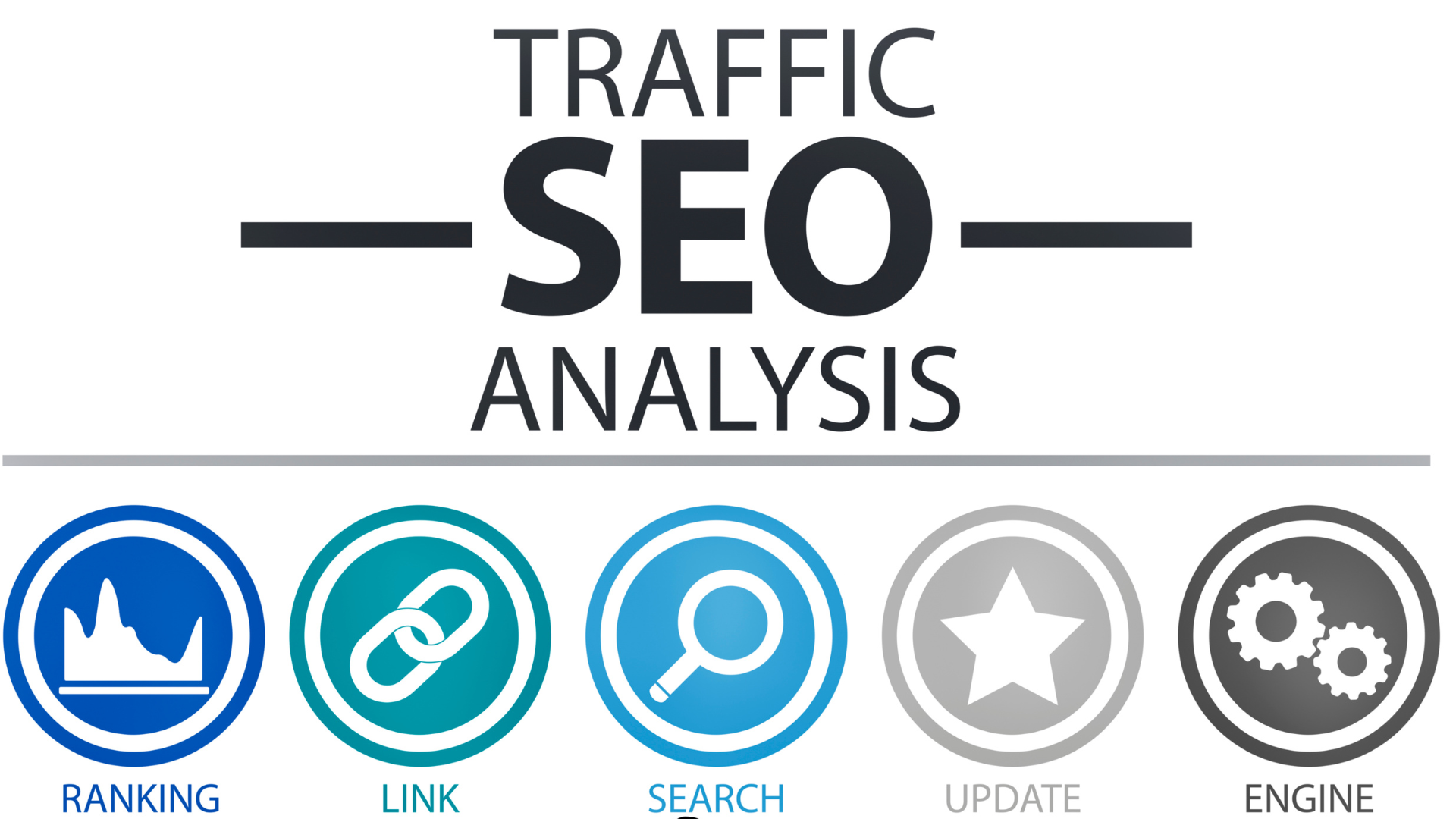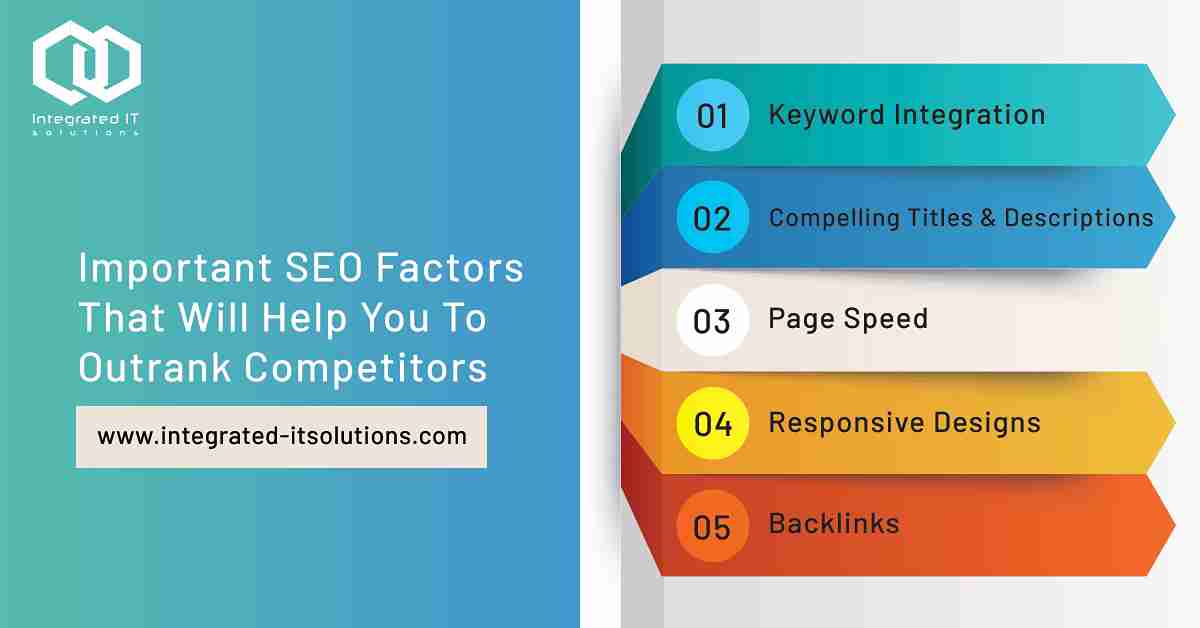In today’s digital age, having a website is like having a storefront on a busy street: you want as many people as possible to come in. However, the internet is a bustling metropolis of its own, filled with millions of websites. How do you make sure yours stands out? The answer lies in mastering Search Engine Optimization (SEO), which is essential for enhancing visibility and elevating your website’s ranking in Google searches. This comprehensive guide will explore proven SEO techniques that can significantly boost your website’s presence on Google.
We’ll delve into everything from keyword optimization to link building, from improving site speed to mobile optimization, and beyond.
By the end of this blog, you’ll have a solid foundation to start climbing the ranks of Google’s search results.
Understanding SEO
SEO is the practice of increasing both the quality and quantity of website traffic, as well as exposure to your brand, through non-paid (also known as “organic”) search engine results.
Despite the acronyms, SEO is as much about people as it is about search engines themselves. It’s about understanding what people are searching for online, the answers they are seeking, the words they’re using, and the type of content they wish to consume.
Keyword Research: The Foundation of SEO
Identifying Your Core Keywords
The first step in any SEO strategy is to identify the core keywords that your target audience uses when they are searching for products or services similar to yours. Tools like Google Keyword Planner, SEMrush, and Ahrefs can help you find these keywords and gauge their popularity.
Long-Tail Keywords
While generic keywords are often searched more frequently, they are also more competitive. Long-tail keywords, which are longer and more specific phrases, might have lower search volumes but they typically bring in more targeted traffic and lead to higher conversion rates.
On-Page SEO Techniques
Title Tags and Meta Descriptions
These elements are critical because they determine how your site appears in search results. A well-crafted title tag and meta description can not only boost your SEO but also increase the click-through rate (CTR) of your listings.
Header Tags and Keyword-Optimized Content
Organize the content on your page using header tags (H1, H2, H3, etc.). Ensure your primary keyword is in your H1 tag and that your secondary keywords are spread out in subheadings. The content itself should be informative, well-written, and keyword-optimized without bordering on keyword stuffing.
Technical SEO Techniques: Ensuring Your Site Meets Technical Standards
Site Speed
Google has confirmed that page speed is a ranking factor in its search algorithms. Tools like Google’s PageSpeed Insights can help you understand how you can make your site faster by optimizing images, leveraging browser caching, and minifying CSS and JavaScript.
Mobile Optimization
With mobile devices generating over half of global website traffic, mobile optimization is crucial. Ensure your website is responsive, which means it should adjust smoothly to different screen sizes.
Secure Sockets Layer (SSL)
SSL is a security technology that creates an encrypted link between a web server and a browser. Google prefers secure websites, so having SSL can help improve your website’s ranking.
Off-Page SEO Techniques : Building Trust and Authority
Link Building
Backlinks — links from other websites to yours — are one of the top ranking factors for Google. Gain quality backlinks by creating shareable content, engaging with bloggers, and participating in relevant forums and directories.
Social Signals
While social media may not directly influence rankings, there’s a correlation between social media presence and higher Google rankings. Active engagement on social media can drive more traffic to your site and increase your brand’s visibility.
Local SEO: Optimizing for Local Searches
This is the one of SEO techniques. Local SEO is a crucial strategy for businesses with a physical location or those serving a specific geographic area. It’s all about optimizing your online presence to appear in search results or map listings when customers in your local area look for related products or services.
Importance of Accurate Listings
The first step in local SEO is to ensure that your business is correctly listed in online directories such as Google My Business, Yelp, Bing Places for Business, and industry-specific directories like TripAdvisor or HomeAdvisor, depending on your niche. These listings should include up-to-date information about your business, such as:
- Name, Address, and Phone Number (NAP): Consistency in your NAP information across all platforms helps search engines verify the legitimacy of your business and affects your search rankings.
- Business Hours: Accurate hours of operation let customers know when you’re available and improves the user experience.
- Photos: High-quality images of your establishment, products, or services can significantly enhance your listing’s appeal and potential customer engagement.
Leveraging Local Keywords
Incorporate local keywords into your website and content. These are terms that reflect regional colloquialisms or what locals might use to search for your services. For example, a bakery in New York might target “best bagels in Brooklyn” or “New York bakery.”
Encouraging Reviews
Encourage satisfied customers to leave positive reviews on your Google My Business and other directory profiles. Reviews not only improve your business’s visibility but also encourage more local customers to visit your establishment. Respond to reviews regularly to show that you value customer feedback.
Local Backlinks
Try to earn backlinks from other local businesses, newspapers, blogs, and events to boost your local SEO. These links act as endorsements from your community, increasing your site’s authority and relevance in local search queries
Content Marketing: The Heart of SEO
Content marketing is pivotal in SEO, serving multiple roles from boosting your site’s visibility in search engines to establishing your brand as an authority in your industry. This strategy involves creating and sharing valuable content that attracts, engages, and retains an audience.
Creating Valuable Content
Your content should provide real value to your audience, whether it informs, educates, entertains, or solves their problems. For example:
- Blogs: Regular blog posts can cover a wide range of topics relevant to your audience’s interests and challenges, incorporating keywords naturally.
- White Papers and E-Books: These are great for in-depth exploration of topics, showcasing your expertise, and can be used effectively for lead generation.
- Videos: With the increasing preference for visual content, videos can be a powerful tool to engage users, convey information more effectively, and improve dwell time on your site.
SEO Integration
While creating content, integrate SEO best practices by using targeted keywords, optimizing meta tags and descriptions, and structuring content with SEO-friendly formatting. Content should be easy to read and navigate, with strategic use of headers, subheaders, bullet points, and images.
Distribution and Promotion
Creating great content is just the first step. You also need to promote it through the right channels to maximize its reach and impact. Share your content on social media, email newsletters, and other relevant platforms. Engage with your audience by encouraging comments and sharing, and by participating in discussions.
Conclusion
SEO is an ongoing process that requires patience and persistence. Implementing the techniques discussed will set a solid foundation for improving your website’s visibility and ranking on Google. Start optimizing today, and watch your website traffic and engagement soar!
Ready to skyrocket your Google rankings? Contact us today for a personalized SEO strategy tailored to your business’s unique needs!
FAQs
Q1. What is SEO?
SEO, or Search Engine Optimization, is the practice of increasing the quality and quantity of traffic to your website through organic search engine results.
Q2. Why is keyword research important?
Keyword research helps you understand what your target audience is searching for, allowing you to optimize your content and improve visibility in search results.
Q3. How does site speed affect SEO?
Site speed is a ranking factor in Google’s algorithms. Faster sites provide a better user experience, reducing bounce rates and increasing time on site, all of which can improve SEO.
Q4. What is link building?
Link building is the process of acquiring hyperlinks from other websites to your own. It is a strategy used to increase site authority and improve search engine rankings.
Q5. How do I optimize my website for mobile?
Ensure your website is responsive, meaning it automatically adjusts to fit the screen size of the device it’s being viewed on. Also, optimize images and utilize mobile-friendly navigation.
Q6. What is local SEO?
Local SEO is one of SEO techniques. It involves optimizing your online presence to attract more business from relevant local searches. This includes optimizing your Google My Business listing and ensuring your name, address, and phone number (NAP) consistency across the web.




